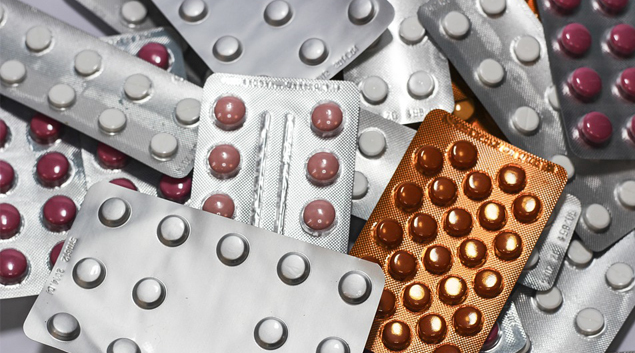
22 Jan Payments to physicians may increase opioid prescribing, study shows

Doctors who receive direct payments from opioid manufacturers tend to prescribe more opioids than doctors who receive no such payments, new research shows.
The report, published in the journal Addiction, found that the association between payments and prescribing is strongest for hydrocodone and oxycodone, the most frequently prescribed opioids among Medicare patients.
The Medicare population is estimated to have the highest and fastest growing prevalence of opioid use disorder in the U.S.
IMPACT
Medicare patients were prescribed approximately 4.2 billion daily doses from 2014 to 2016, the data showed. The most frequently prescribed opioids were hydrocodone (1.6 billion daily doses) and oxycodone (0.9 billion daily doses).
The open payments data, however, shows that fentanyl makers were the largest payers to U.S. physicians in order to promote these synthetic opioids, which possess high potency and the associated risk of fatal overdose.
In all, $50.3 million in opioid‐related payments were made by opioid makers to 77,085 physicians from 2014 to 2016. The aggregate amount of payments increased from $15.1 million in 2014 to $20.5 million in 2015, and declined to $14.8 million in 2016.
Of all promotional activities from 2014 to 2016 related to opioids, fentanyl, hydrocodone and tapentadol promotion accounted for a plurality of the overall promotions (fentanyl: 37.4 percent or $18.8 million; hydrocodone: 21.7 percent or $10.9 million; tapentadol: 12.4 percent or $6.2 million).
However, the payments related to fentanyl dramatically declined from $9.2 million in 2014 to $7.2 million in 2015 and to $2.5 million in 2016.
THE TREND
Pharmaceutical companies can’t pay doctors to prescribe their drugs; that sort of incentive is illegal. But they can pay doctors to talk about their drugs in speaking engagements, and pay for consulting work and conference attendance.
They can also send “detailers” — salespeople, essentially — to doctors’ offices to promote their drugs, possibly paying for a meal or leaving drug samples behind. These types of incentives may make physicians consciously or unconsciously more inclined to prescribe a particular brand of drug, or prescribe it in greater quantities.
Doctors and teaching hospitals raked in $8.4 billion in payments from drug companies last year, according to data released in July by the Centers for Medicare and Medicaid Services.
Of those payments, about $4.7 billion were related to research, $2.8 billion were non-research payments, and slightly more than $927 million were tied to ownership or investments by physicians or their families.
Twitter: @JELagasse
Email the writer: jeff.lagasse@himssmedia.com
[ad_2]
Source link



No Comments